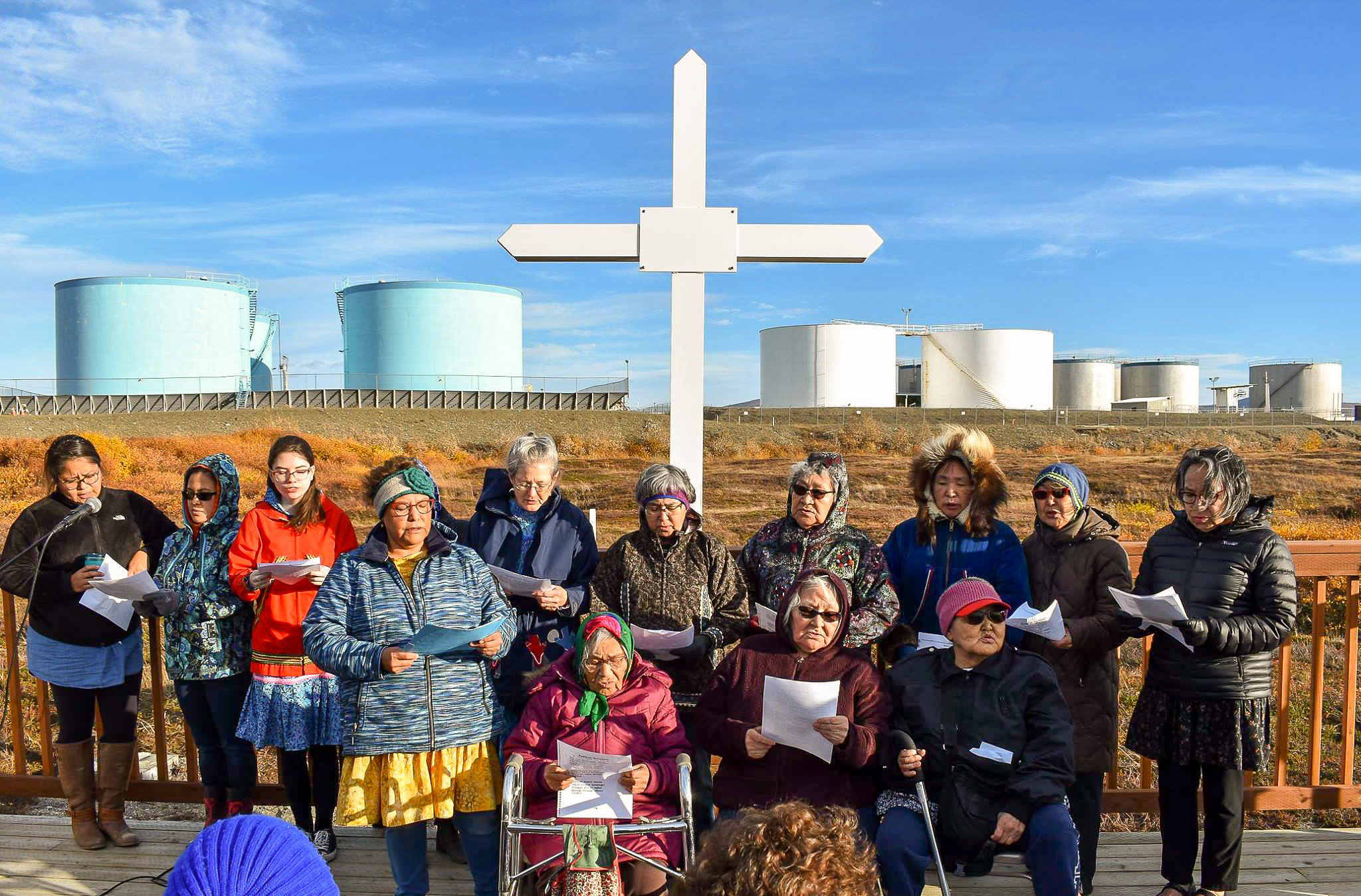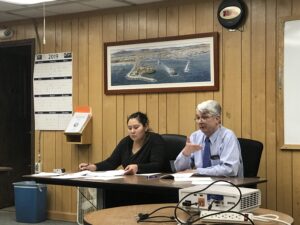There’s a new monument in Nome: one honoring and memorializing those lost to a deadly strain of influenza in 1918.
The Spanish Flu pandemic was devastating to Western Alaska. Nearly two-thirds of the flu deaths in the state occurred near Nome.
A century later, this October, an Inupiaq choir sang hymns to mark the dedication of Sitnasuaŋmiut Quŋuwit, which is Inupiaq for “gravesite” or “cemetery” for the “people of Sitnasuak.” The site is an historic cemetery. No new burials will be allowed, out of respect for the trials endured by those who, as one described last month, “laid the foundation for the city of Nome.”
Image at top: The Inupiaq-language choir from the Nome Methodist Church sings at the dedication of the Sitnasuaŋmiut Quŋuwit in early October. Photo courtesy of Ukallaysaaq, Sitnasuak Native Corporation.





